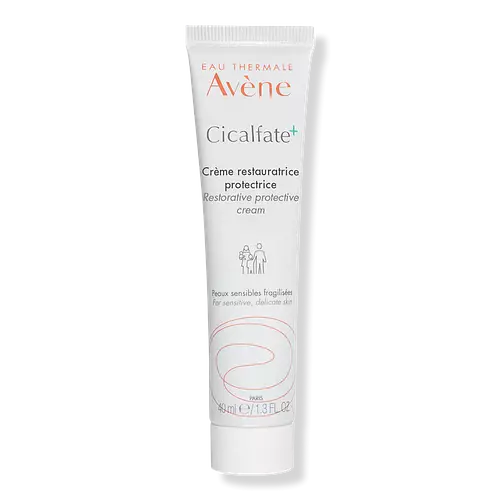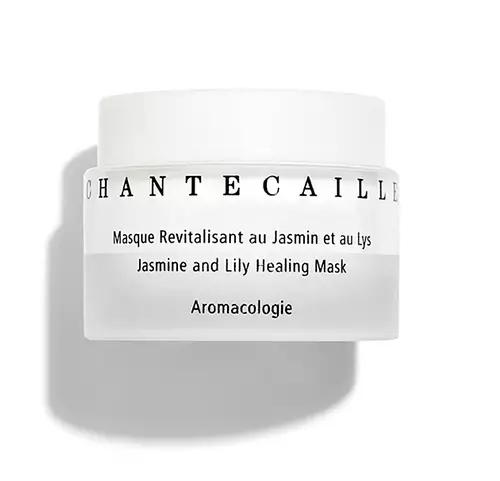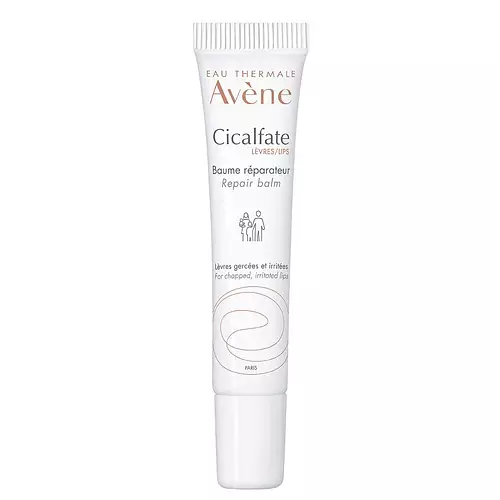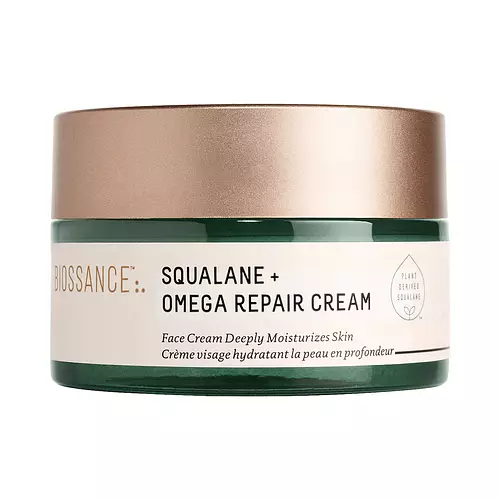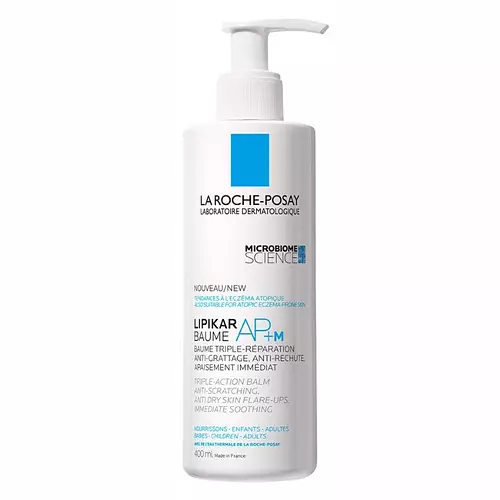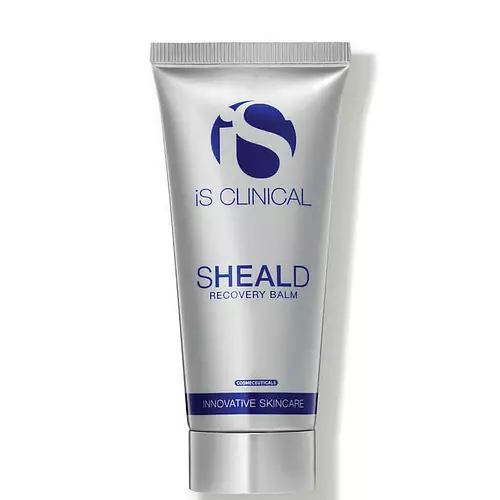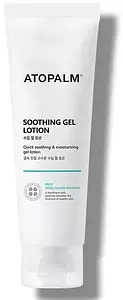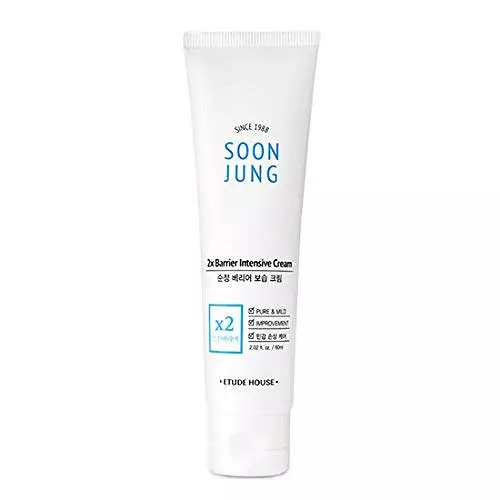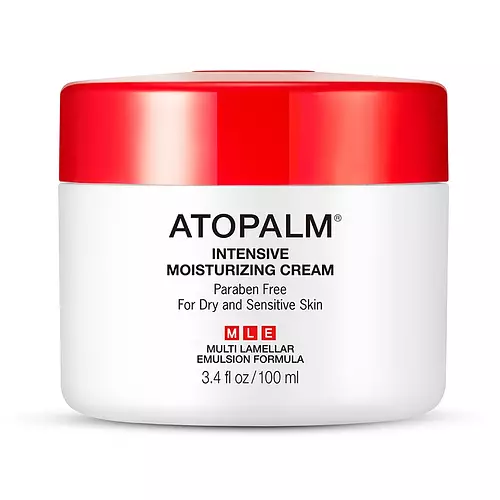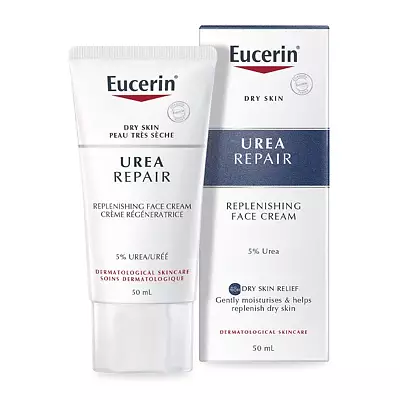Overview
Suited For
They're both likely to be good for dry skin and brightening skin
Free From
They both do not contain any harsh alcohols, parabens or silicones
What's Inside
They both contain oils
We independently verify ingredients, and our claims are backed by peer-reviewed research. Spot a product that needs an update? Let us know.
Ingredient Info
Avène Cicalfate+ Restorative Protective Cream 18 ingredients
Chantecaille Jasmine and Lily Healing Mask & Night Cream 41 ingredients
At a glance
Click on any of the items below to learn more
Avène Cicalfate+ Restorative Protective Cream 18 ingredients
Chantecaille Jasmine and Lily Healing Mask & Night Cream 41 ingredients
Notable Ingredients
This product contains 1 ingredient that may have this attribute:
Benefits
This product contains 1 ingredient that may have this attribute:
This product contains 1 ingredient that may have this attribute:
This product contains 1 ingredient that may have this attribute:
Concerns
This product contains 1 ingredient that may have this attribute:
This product contains 1 ingredient that may have this attribute:
This product contains 1 ingredient that may have this attribute:
Notable Ingredients
This product contains 2 ingredients that may have this attribute:
This product contains 1 ingredient that may have this attribute:
This product contains 1 ingredient that may have this attribute:
This product contains 1 ingredient that may have this attribute:
Benefits
This product contains 2 ingredients that may have this attribute:
This product contains 3 ingredients that may have this attribute:
This product contains 1 ingredient that may have this attribute:
This product contains 1 ingredient that may have this attribute:
This product contains 4 ingredients that may have this attribute:
Concerns
This product contains 1 ingredient that may have this attribute:
This product contains 1 ingredient that may have this attribute:
Ingredients Side-by-side
Ingredients Explained
These ingredients are found in both products.
Ingredients higher up in an ingredient list are typically present in a larger amount.
Water. It's the most common cosmetic ingredient of all. You'll usually see it at the top of ingredient lists, meaning that it makes up the largest part of the product.
So why is it so popular? Water most often acts as a solvent - this means that it helps dissolve other ingredients into the formulation.
You'll also recognize water as that liquid we all need to stay alive. If you see this, drink a glass of water. Stay hydrated!
Learn more about WaterCaprylic/Capric Triglyceride is an emollient, solvent, and texture enhancer. It is considered a skin-softener by helping the skin prevent moisture loss.
Within a product, Caprylic Triglyceride can thicken the product and make spreadability easier by dissolving clumping compounds. An added benefit of Caprylic Triglyceride is its antioxidant properties.
Caprylic Triglyceride is made by combining glycerin with coconut oil, forming a clear liquid. Caprylic Triglyceride has not been found to be toxic for human use in concentrations under 50%.
While there is an assumption Caprylic Triglyceride can clog pores due to it being derived from coconut oil, there is no research supporting this.
Learn more about Caprylic/Capric TriglycerideGlycerin is already naturally found in your skin. It helps moisturize and protect your skin.
A study from 2016 found glycerin to be more effective as a humectant than AHAs and hyaluronic acid.
As a humectant, it helps the skin stay hydrated by pulling moisture to your skin. The low molecular weight of glycerin allows it to pull moisture into the deeper layers of your skin.
Hydrated skin improves your skin barrier; Your skin barrier helps protect against irritants and bacteria.
Glycerin has also been found to have antimicrobial and antiviral properties. Due to these properties, glycerin is often used in wound and burn treatments.
In cosmetics, glycerin is usually derived from plants such as soybean or palm. However, it can also be sourced from animals, such as tallow or animal fat.
This ingredient is organic, colorless, odorless, and non-toxic.
Glycerin is the name for this ingredient in American English. British English uses Glycerol/Glycerine.
Learn more about GlycerinPropylene Glycol is an odorless, colorless liquid. As a humectant, it helps skin retain moisture. It also aids in delivering active ingredients.
Another role of this ingredient is preventing a product from melting or freezing. Propylene glycol also adds antimicrobrial properties to a product, elongating product lifespan.
This ingredient is considered an organic alcohol and commonly added into both cosmetics and foods.
Those with sensitive skin or conditions may deliver a rash when using this ingredient.
Learn more about Propylene GlycolIngredient Ratings
Here's what our community thinks of the ingredients in these two products.
When to use
Avène Cicalfate+ Restorative Protective Cream 18 ingredients
Chantecaille Jasmine and Lily Healing Mask & Night Cream 41 ingredients

Reviews
Here's what our community thinks
Avène Cicalfate+ Restorative Protective Cream 18 ingredients
blima1998
The best product I have used on my face. I have extremely sensitive skin and nothing has worked quite as well as this moisturizer. (I’ve used...
The best product I have used on my face. I have extremely sensitive skin and nothing has worked quite as well as this moisturizer. (I’ve used Vanicream, Joon Sung, Cerave, etc). One use of this cream and all redness was gone, I was left with super soft healthy skin. Even though it’s expensive you can use very little bc it’s so thick, and the tube lasts a very long time! It’s a little hard to apply because it feels like a thick sunscreen but once the product ’melts’ on skin you can spread it more easily. EDIT: After a few weeks of using it I noticed I would break out a little bit, maybe during that time of month when my skin is more oily (?). I stopped using it to sleep and I only use it on morning now and got better results. I have very dry skin so maybe oily skin types might want to use it as a spot treatment / alternate with something lighter
ris4lt
mixed feelings
i found this a tad too heavy for my oily skin, and i suspect that it clogged my pores and worsened my acne. however, the application...
mixed feelings
i found this a tad too heavy for my oily skin, and i suspect that it clogged my pores and worsened my acne. however, the application was so smooth and silky soft. it felt really nice, and it’s a great gentle moisturiser when i have broken or damaged skin, and helps repair it quicker. i now keep it around to use before applying makeup, and it works great in that context. and as long as i double cleanse at night, i get no adverse effects. so overall, not a great general moisturiser, but great as a makeup base.
